This week I took the plunge and attended my first ever cycling conference. I decided to attend the Women and Cycling Conference (WACC2016) in Hereford because Cycle Sprog is all about cycling with kids, and at least half of parents are women. If we’re going to get more kids and parents cycling, we need to get more women cycling. I know from experience that becoming pregnant and then having your first child is a major barrier to cycling, even for a previously confident and regular cyclist. It’s even more daunting for someone who’s never cycled before.
It’s also rather daunting going to an event full of experts. I was nervous about feeling out of my depth, as I knew the majority of attendees have worked in cycling for decades, be it campaigning, establishing cycling initiatives, building or maintaining bikes, delivering infrastructure, leading rides – all of them making a real difference. However, I was quickly made to feel at home, and before we’d even registered I’d met face to face a number of virtual friends from Twitter.
We’re in Hereford at #wacc2016 – great to finally meet @bikesandbabies and @KarenGee3! @WeCycle_UK pic.twitter.com/ul6WfB6FGM
— Suzanne Forup (@backonmybike) May 4, 2016
My fears quickly subsided when the conference started, and I realised that the agenda was fun, informative and inspirational. There were a series of presentations about latest initiatives in women’s cycling, followed by breakout sessions where small groups worked together on a topic. There was also lots of chatting, getting to know people and sharing of stories.
WACC2016 – what was it all about?
The title of the conference was “Getting to 50:50 by 2020”, a reference to the fact that the majority of cyclists in the UK are men. Here are a few snippets from the conference which I hope will inspire or educate you!
In the 1890’s it was feared that women would abandon their children and husbands, cycle away and “BECOME MANLY”!!!
York Bike Belles has been a hugely successful project, getting over 3,000 women in York participating in cycling events, and 17,000 engaged in the online community. They have been running sessions for parents to try out bikes with child seats, trailers and tagalongs. They also have regular rides called #travelwithtots. During the winter they’ve been touring preschools and playgroups to widen the audience.
York Bike Belles has had a full-time member of staff, funded by Sustrans – future funding is not secured.
Half as many women as men cycle the UK.
2% of children in England and Wales cycle to school regularly, rising to 5% in Scotland.
There have been more initiatives to encourage cycling Scotland than I can possibly remember. Play on Pedals is providing free cycle training for all preschoolers in Glasgow; Pedal on Parliament is in it’s 5th year and continues to get bigger. This year it collaborated with We Walk, We Cycle, We Vote to made three key demands of all candidates in the May 5th elections
Someone did a lot of knitting in Dumfries and “Yarn Bombed” some dangerous bollards. The bollards were replaced.
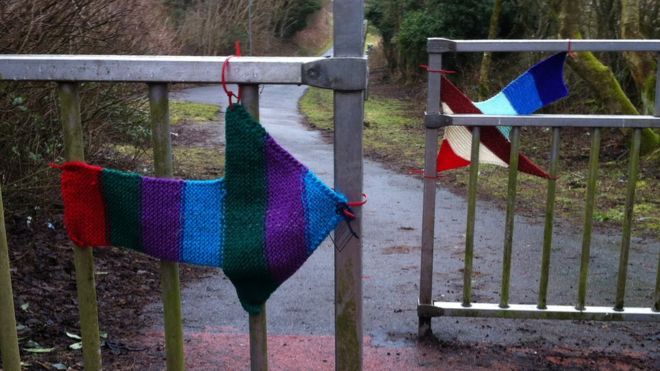
Only 6% of transport industry staff are women
If you get the chance to see The Bicycle Ballet Company, GO! (Even better try and get to take part). It looks awesome.
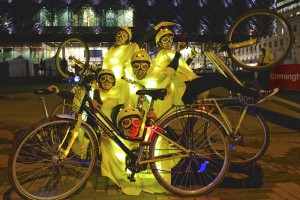
If you’re arranging a cycle ride having it end at a coffee shop or café, rather than the pub, will help encourage more BME riders
Isla Rowntree rides a bright orange Islabike (unfortunately I wasn’t quick enough to get a picture!)
The CycleBoom project has been interviewing older women to find out their cycling histories. Virtually all of them had their cycling constrained or off the radar during motherhood.
To increase the numbers of women cycling, you need to incorporate cycling with motherhood
A good way to design infrastructure for cyclists is to make it suitable to transport children and shopping. I loved this graphic from Katja Leyendecker which shows that the better the infrastructure, the more different groups of people can cycle. You’ll note that families are at the top and lycra clad road cyclists at the bottom – one requires a lot of infrastructures, the other a lot less.
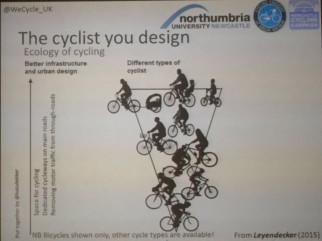
The Breeze network has run over 20,000 recreational rides for women since 2011, ranging from 6 to 60 miles. Over 93,000 women have attended.
Highways engineers are often a lot less informed about cycling best practices than cycling campaigners.
There are three really useful documents that your local authority (and you if you’re interested in ensuring your roads are safe) should know about:
London Cycling Design Standards
Design Guidance Active Travel Wales Act (2013)
The Traffic Signs Regulations and General Directions 2016 (Road Traffic Act No 362)
They sound dry, but contain loads of information and diagrams about what good cycling provision looks like in different circumstances. So they could be very useful if you’re looking to get safer routes for your kids to cycle to school.
The Playing Out project helps you get your kids playing out safely in their own neighbourhood.
New initiatives requesting your support include Vision Zero and We Cycle
Each local authority needs to produce a Local Cycling and Walking Infrastructure Plan (LCWIP). We can all help our authorities by asking for the standards to be met.
Thank your local authority and MP if they do deliver some decent infrastructure – cycle campaigners can complain too much!
There is a real lack of BME cycling role models. A British Cycling funded scheme in Bradford took 28 young women and girls, all novice and nervous cyclists, who at the end of 6 weeks all rode 10 miles. The girls were amazing, and got the biggest cheers of the day!
Natalia Silver from Hereford County Council shared three reasons she loves cycling – these definitely apply to me too!
She likes cake and hates the gym
She hates wasting time – cycling to work is so much quicker than driving
She’s thrifty – cycling saves money on petrol and car parking
She uses a comb to tame helmet hair, and also often faces people saying “So you’re still cycling” and “You’re brave” when she arrives places. This sounds familiar too (especially when you’ve got kids in tow).
I came away from the conference inspired, and knowing that we need infrastructure and education to ensure that everyone has the confidence to ride a bike, either alone or with their children (plus cake helps!) I also know that a picnic in the sun is a great way to connect with like-minded people and that it’s worth taking the plunge and attending WACC2017 if you get the chance.
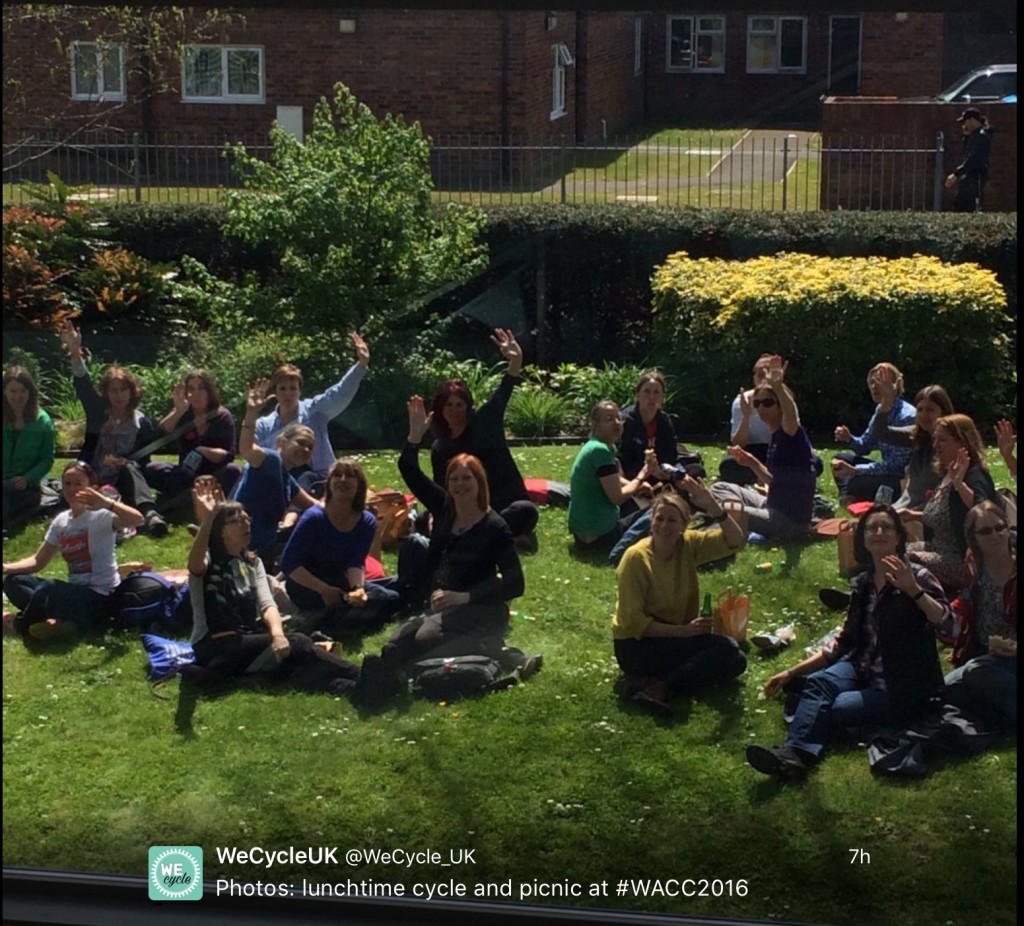
Thanks to Paula McGivern and her fantastic team of volunteers, everyone at WECycleUK and Hereford County Council for making WACC2016 so great.
I’ve only just touched the surface of what was discussed, so if you’re interested in finding out more visit the WECycleUK website, where all the presentations will be loaded up for your perusal. Apologies if I’ve misquoted any statistics.
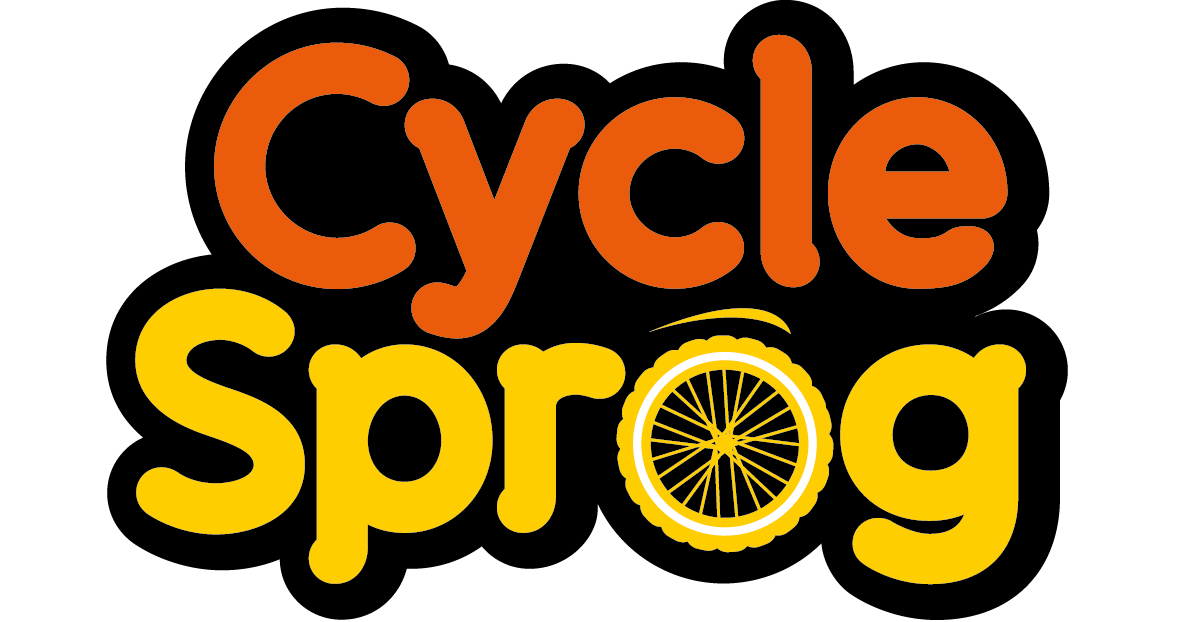
Comments